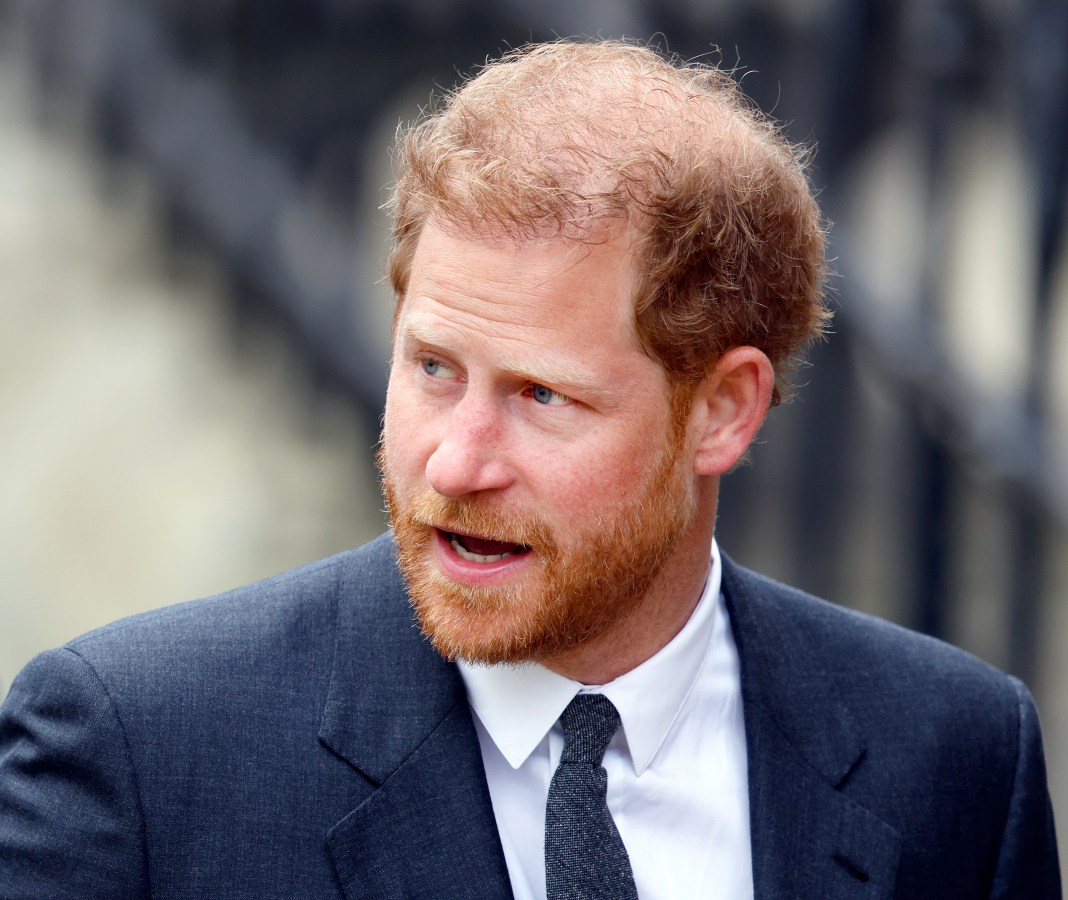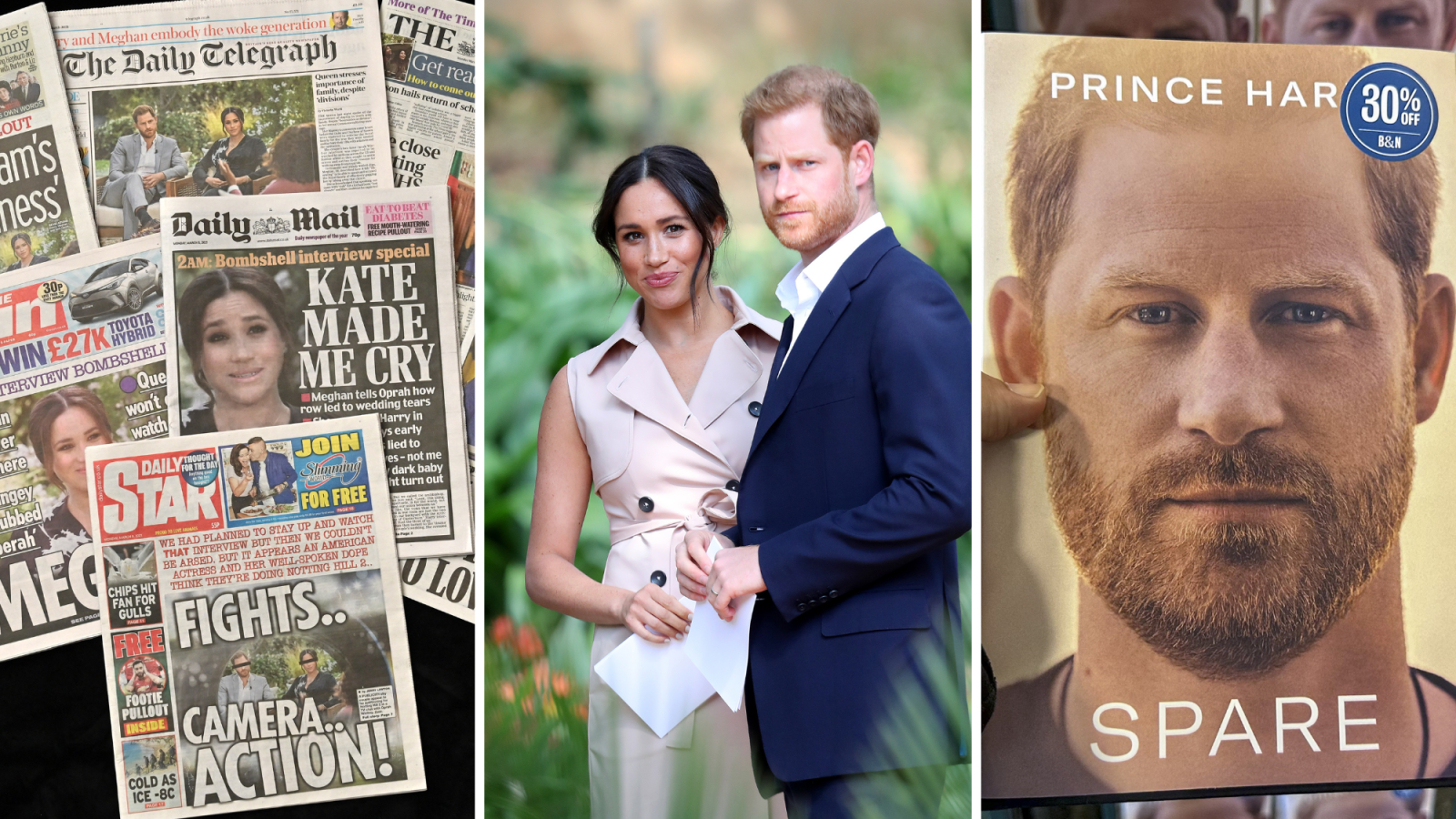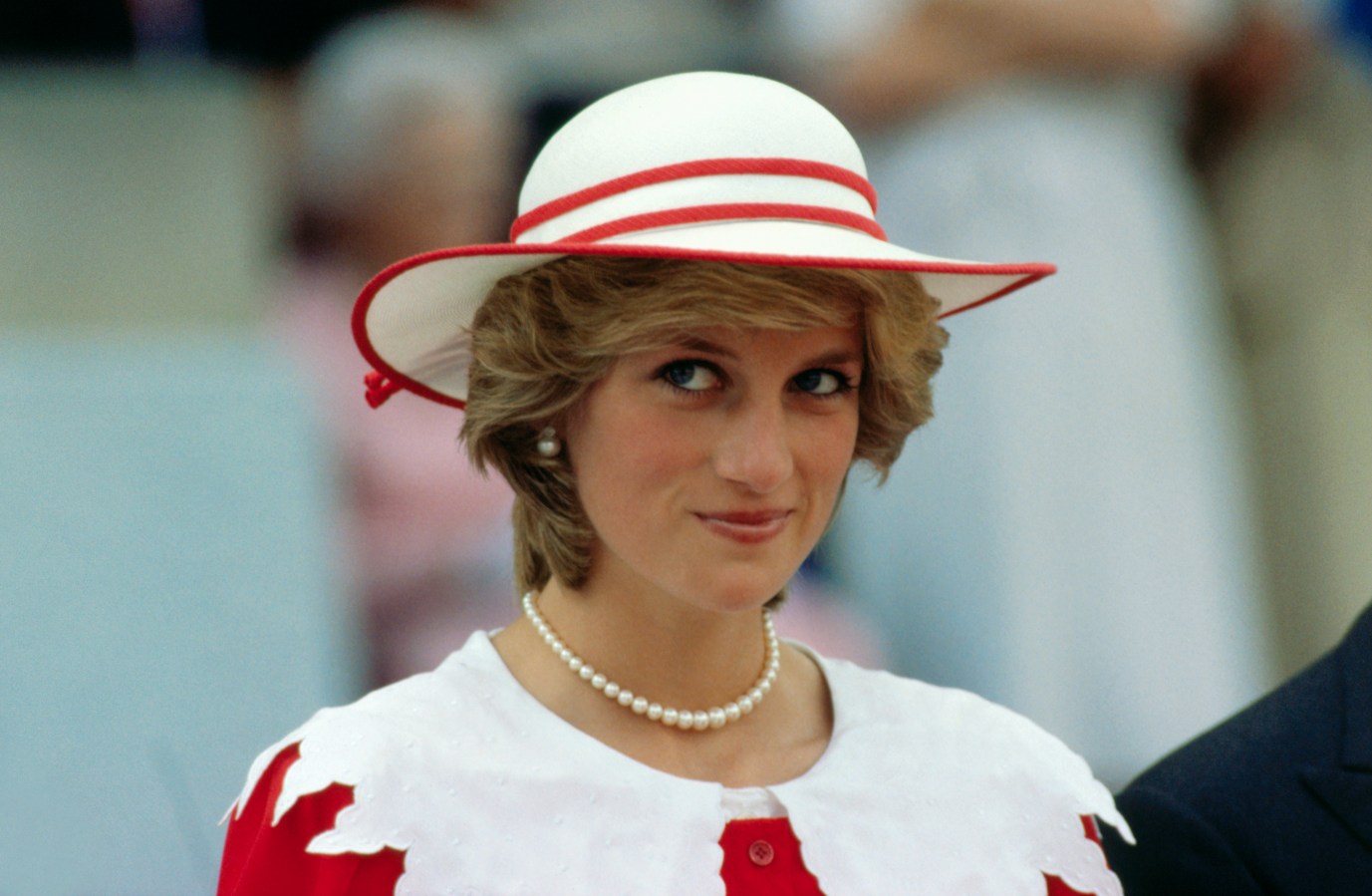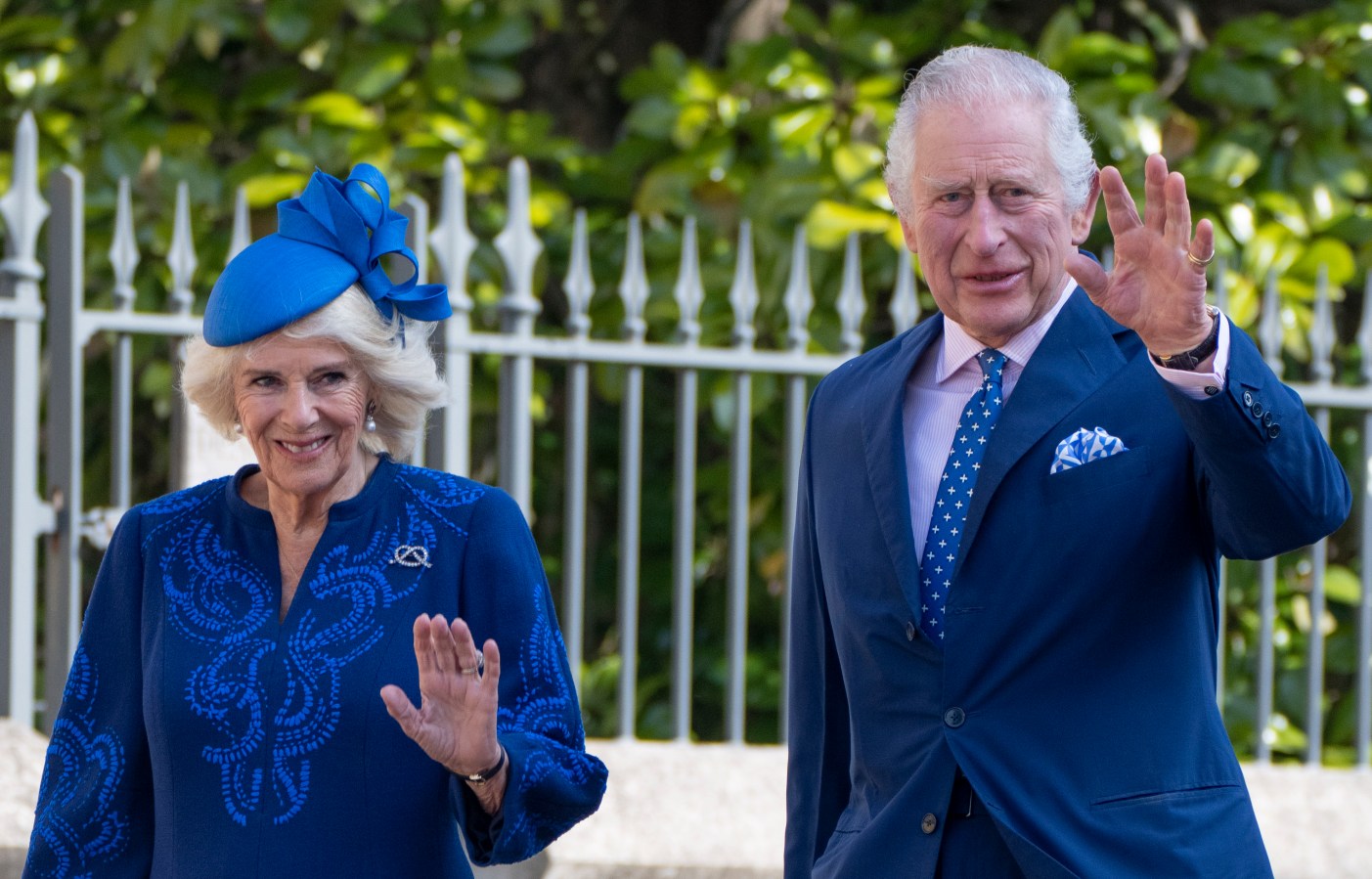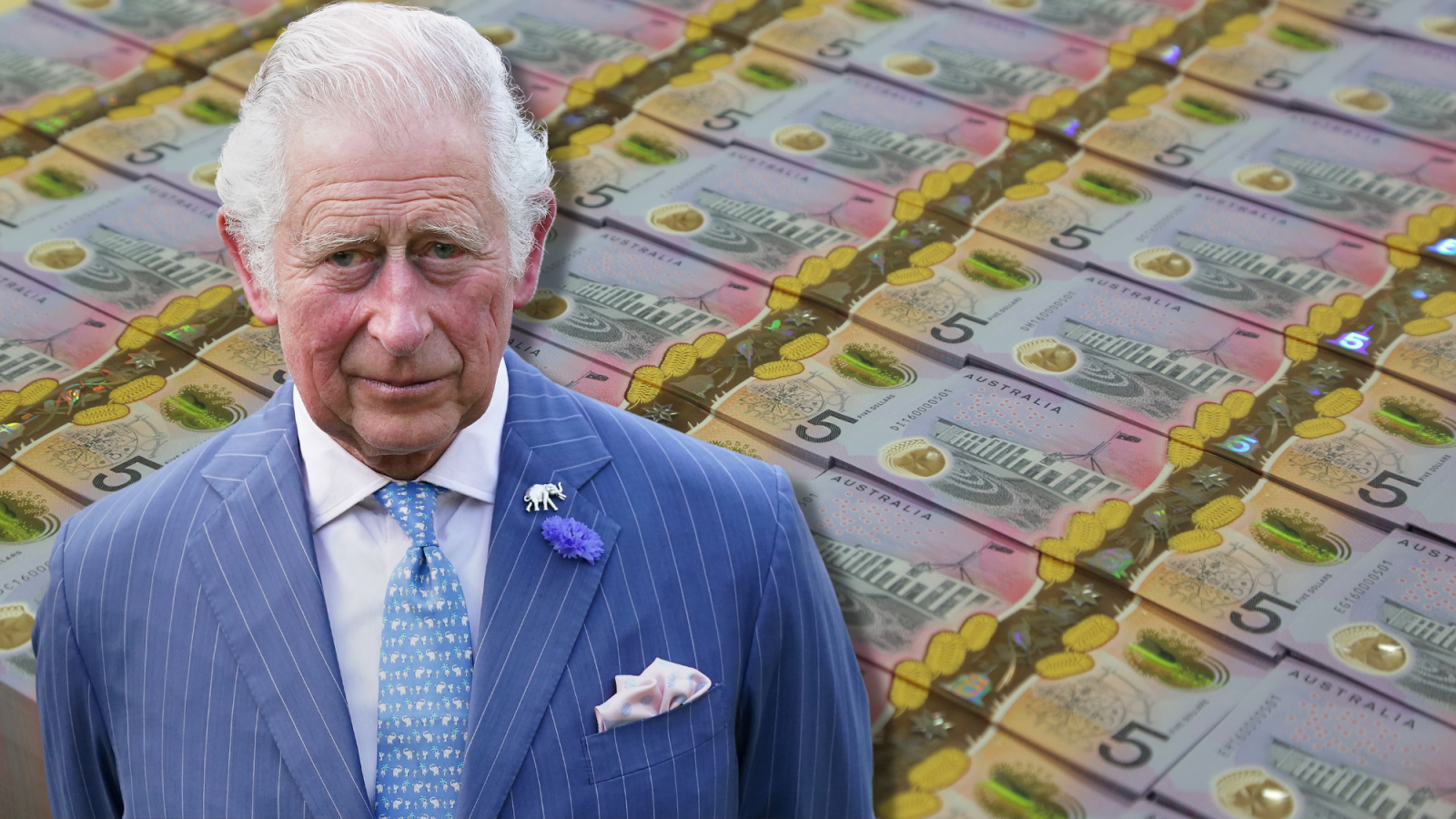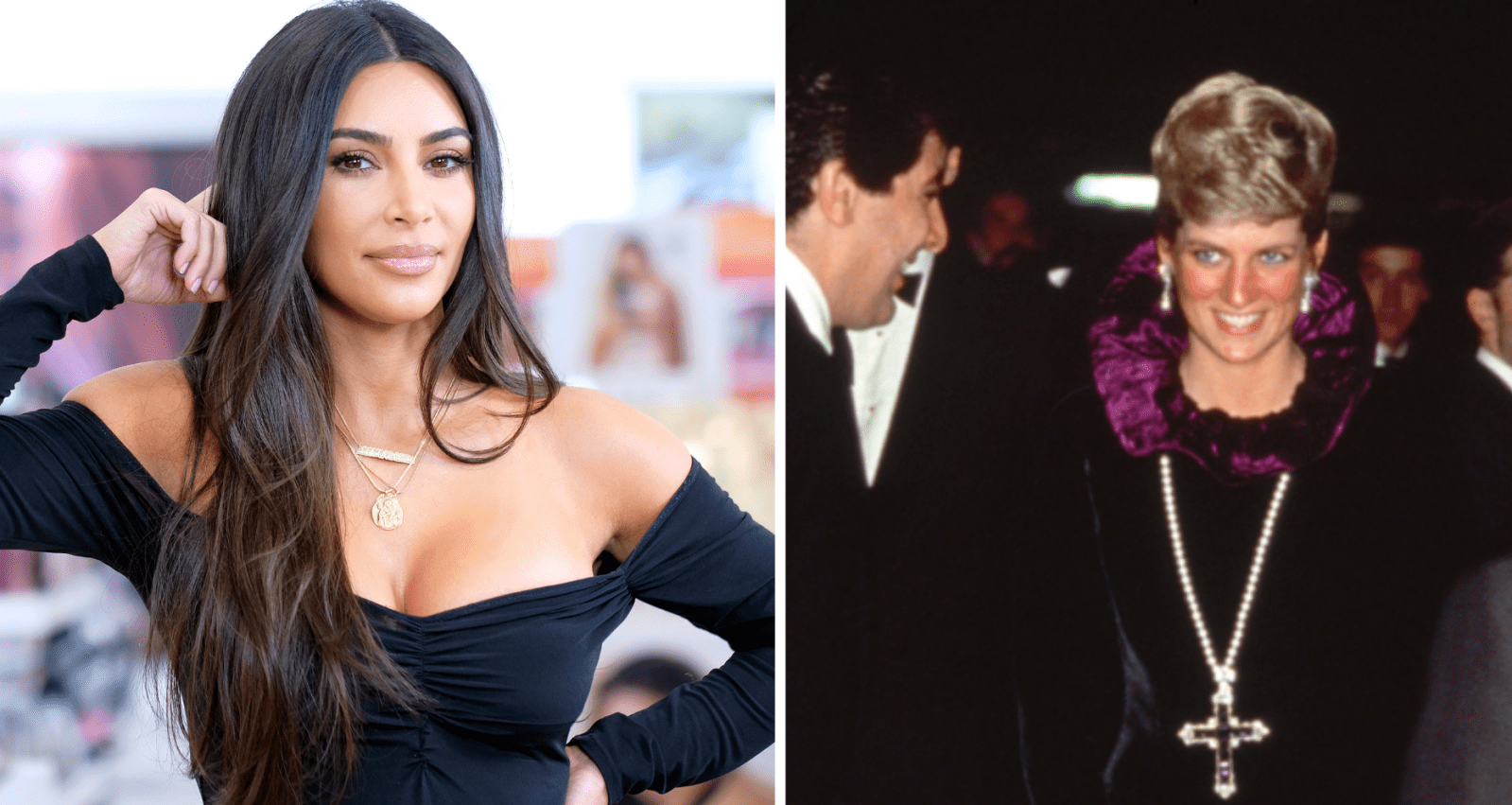Even before his coronation on May 6, Charles now oversees some $46 billion in assets and inherited at least $500 million from Queen Elizabeth, including her castles, jewels, art collection and a horse farm—all of it tax-free.

By Giacomo Tognini & Carlie Porterfield
When you’re a member of the House of Windsor, going into the family business may come with a lifetime of prestige and privilege, but it doesn’t always bring great wealth. Even members of The Firm—as high-ranking royals have been known since the days of King George VI—are often dependent on their elders for allowances, gifts and other blue-blooded handouts.
But it’s still good to be the king.
After training for the position for more than 70 years, King Charles III, whose coronation is on May 6, inherited large swaths of land, regal estates, rare jewels, paintings and other personal property—some going back centuries—from his mother, Queen Elizabeth II. He also now oversees the late monarch’s $46 billion portfolio of assets held in trust for the kingdom, including billions in investments—and other opulent palaces, glittering jewels and priceless art that he will never actually own.
Her Majesty’s will is expected to be sealed for at least 90 years so the exact distribution of her assets will not be known for several generations. But as her eldest son, Charles inherited the Queen’s private estates—her much-loved castle in Balmoral, Scotland, where she died, as well as Sandringham in eastern England, home to the thoroughbred horse farm known as the Royal Studs. King Charles is also expected to inherit her enormous private collection of jewelry, art, rare stamps and any personal investments. Altogether, Forbes values these personal assets at $500 million. And Charles won’t have to pay a shilling of inheritance tax, thanks to a 1993 agreement with the British government that exempts transfers of property from one sovereign to another.
The 73-year-old monarch also accedes the throne with a king’s ransom of his own, largely through the lucrative annual income he received from the Duchy of Cornwall, which earned him some $27 million this year and which his eldest son, Prince William, will now inherit. As Prince of Wales, Charles launched several ventures to protect the environment and foster organic farming. Through his Charitable Foundation (which William also inherits now), Charles owned the largest organic food brand in the U.K., as well as a nature retreat and crafts center in Transylvania that each operate as bed and breakfasts.
Prince William now has possession of the Duchy of Cornwall, a conglomerate with $1.3 billion in net assets including the Oval cricket ground in London, Charles’ former residence at Highgrove House (where he first began farming organically in 1985) and the Isles of Scilly, but the new King will not exactly be left wanting for prime real estate.
As the new monarch, Charles assumes ownership of institutions that manage an estimated $46 billion in assets, including some of the world’s most famous royal palaces and the Crown Jewels. These assets—which include Buckingham Palace, Windsor Castle and the Tower of London—aren’t held directly by the King, but are instead owned by the reigning monarch “in right of the Crown” for the duration of their reign. They are also held “in trust” for his successors and the nation—meaning they can’t actually be sold.
In contrast to the various estates, which file annual reports, the palaces and jewels are often thought of as priceless. So what’s it all worth? Forbes gave it a royal effort.
The Crown’s Holdings
The single most valuable asset held by King Charles is the Crown Estate, a sprawling real estate portfolio with $20.7 billion in net assets. Those properties include Regent Street, London’s prime shopping destination, as well as Ascot Racecourse (a favourite of the Queen) and virtually the entire seabed of the U.K. All of the Crown Estate’s net profit—$361 million in fiscal year 2022—goes to the British Treasury. But the royal family also gets a cut: They receive an allowance from the Treasury known as the “Sovereign Grant,” equal to 25% of the net profit for the financial year two years earlier. In 2022, the Sovereign Grant amounted to $108.4 million, based on the Crown Estate’s net profit in the 2019-20 financial year.

That enormous windfall doesn’t go directly to Charles, however. A 10% cut of that net profit—$43.3 million for 2022—is set aside for maintaining Buckingham Palace, and an additional 15% is used to finance the royal family’s annual travel, formal events, housekeeping and payroll. And those bills add up fast.
The most expensive trip taken by the royals in the past year, for instance, was Prince William and Kate’s nine-day visit to Belize, Jamaica and the Bahamas in March, which cost roughly $280,000, including planning prior to the visit.
The Sovereign Grant isn’t Charles’ only source of income. For one, it doesn’t cover physical security. As King, he also gains control of the Duchy of Lancaster, a private estate with $820 million in net assets that is owned in trust by the monarch. The Duchy’s net revenues go directly to the King as an allowance called the Privy Purse, which covers any other official expenditures. (In 2022, that amounted to $30 million, pre-tax.) Unlike the Sovereign Grant, which is tax-free, the Queen agreed in 1993 to voluntarily pay income tax on the portion of the Privy Purse not used for official purposes—and Charles agreed to maintain the same policy upon his accession.
In addition to the Crown Estate and the Duchy of Lancaster, Charles also holds the Crown Estate Scotland, a portfolio with some $760 million in net assets, including the Scottish seabed, rural estates and the rights to fish wild salmon and extract naturally occurring gold and silver in Scotland.
The rest of the Crown’s holdings—at least 11 former and current royal residences and the Royal Collection, which includes the Crown Jewels—are the most difficult to value because they would never reach the open market and they don’t file annual reports.
The Crown Jewels are perhaps the most identifiable asset associated with the British royal family. As part of the Royal Collection, they are “held in trust by the monarch for the nation.” The Royal Institution of Chartered Surveyors estimated their value at $4 billion in 2019, using the sale of the French Crown Jewels in 1887 and the sale of the late Princess Margaret’s jewelry in 2006 as a comparison.
The overall value of the Royal Collection, which includes works by Rembrandt, Vermeer, Caravaggio and Leonardo Da Vinci, is unquestionably much higher. According to a 2017 report by Brand Finance, a U.K.-based brand valuation firm, the Royal Collection—including the Crown Jewels—is estimated to be worth $12.7 billion.

There are also at least 11 palaces, castles and residences owned by the King in trust as sovereign or “in right of the Crown.” According to estimates provided by Lenka Dušková Munter, a sales specialist for historical properties at Czech real estate agency Luxent, and Colby Short, co-founder and CEO of estate agent website GetAgent.co.uk, Forbes estimates the combined value of these properties at $10.1 billion.
The most valuable property in the collection is, of course, the King’s official London residence, Buckingham Palace, estimated at $4.9 billion. On the lower end, there’s Clarence House, Charles’ formal residence in London when he was Prince of Wales, valued at $72 million. Balmoral and Sandringham, which are now personally owned by the King after he inherited them from Queen Elizabeth, are worth $118 million and $73 million, respectively.
Related
Most of these assets cannot be sold. But in choosing Charles as his regnal name, the new King would be wise to remember what happened to King Charles I’s worldly possessions—after he was beheaded by his people in 1649.
Following Charles I’s death during the English Civil War, his assets were promptly auctioned off— Richmond Palace in London reportedly sold for £13,000 (or about $2.3 million today) before ultimately being demolished. Parliament also sold Charles I’s art collection, considered at the time to be one of the greatest in the world. The appraised value of £35,000 for the paintings alone—some $6.2 million adjusted for inflation—is a fraction of the $450 million paid at auction for just one of those works, Leonardo Da Vinci’s Salvator Mundi, when it became the most expensive painting ever sold in 2017.
Presumably Charles III’s reign will go a little more smoothly than his regal namesake. The new King has seen a surge in support since his mother’s death. A YouGov survey for the Times of London published last September found that his approval rating has jumped to 63% since May 2022, when only 32% of respondents believed he would do a good job as the monarch.
“The queen was obviously very well regarded globally and inside the U.K.,” says David Haigh, chief executive of Brand Finance. “She did an extremely good job. And the jury’s out as to whether or not Prince Charles will live up to her example.”
The King’s Personal Assets
As the new King, Charles inherited the Queen’s personal assets, which Forbes estimates at more than $500 million. That includes Balmoral and Sandringham, the Royal Philatelic Collection—which includes “the world’s finest and most comprehensive collection of British and Commonwealth stamps”—personal investments, horses, jewelry and artworks Her Majesty inherited from her mother in 2002. The prize painting in that collection is said to be Claude Monet’s Study of rocks, Creuse, reportedly worth as much as $17.3 million. And assuming Charles’ late father, Prince Philip, had a smart estate tax attorney, the Duke of Edinburgh would have bequeathed his own art collection—estimated at $2.3 million by the late royal commentator and journalist David McClure—to the Queen upon his death in April 2021 to avoid paying inheritance tax. If he did, those assets also likely passed on tax-free to Charles.
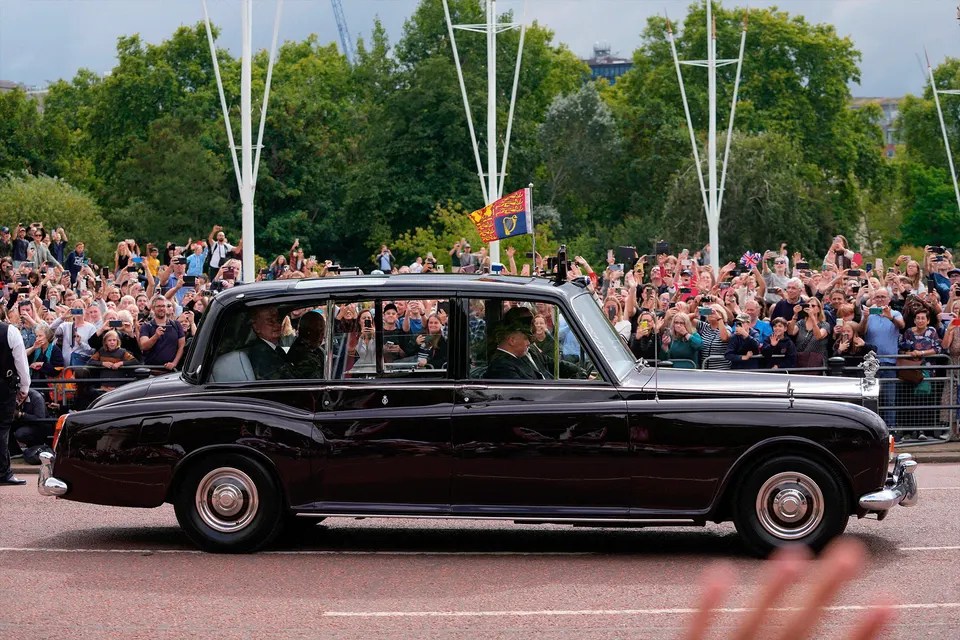
There is also a vast collection of cars, watches and other extravagant toys held by the King and the royal family. On Sunday, on the first full day of his reign, King Charles turned up to greet crowds at Buckingham Palace wearing an 18-carat gold Parmigiani Fleurier Toric Chronograph watch that he’s owned since the mid-2000s, the Swiss watchmaker told Forbes. Parmigiani Fleurier no longer produces the Toric Chronograph, but a similar model sold at Christie’s for $8,125 in 2019.
The King’s vehicle of choice for his London debut was his mother’s Rolls Royce Phantom VI, which was presented to her for her Silver Jubilee in 1977. While the car is not for sale, a similar model from 1976 can be purchased for $225,000. Charles also inherits the Bentley State Limousine, originally designed for the Queen’s Golden Jubilee in 2002 to commemorate her half-century on the throne.
In his 64 years as Prince of Wales, Charles also learned how to build his own outrageous fortune. He largely depended on income from the Duchy of Cornwall, which expanded under his tenure to $1.3 billion in net assets, including some $433 million in commercial properties and more than 52,000 hectares of land, or about a third the size of Greater London. Between 2011 and 2022, the Duchy’s net assets grew by 51%.
The profits from those assets provided Charles with enough income to be independent of the Sovereign Grant: In the fiscal year ending March 31, 2022, the then-Prince of Wales earned $27 million (pre-tax) from the Duchy of Cornwall, compared to $1.2 million from the Sovereign Grant.
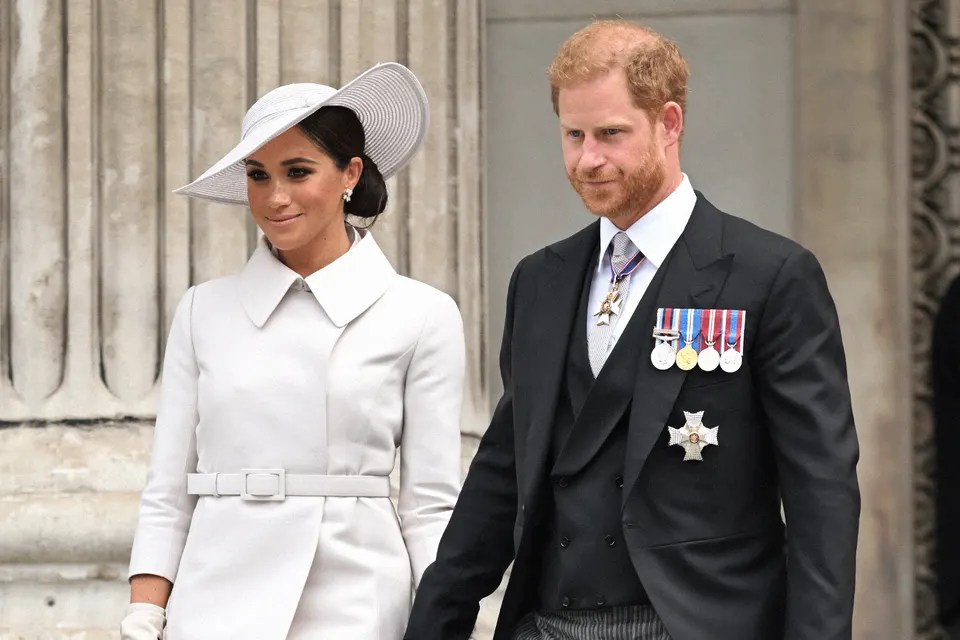
That valuable asset is now in the hands of Prince William, who succeeded his father as the Prince of Wales. With Cornwall, William will no longer have to ask his father for a cut of his income anymore. Prince Harry, on the other hand, is forging ahead with his own business ventures along with his wife, Meghan Markle. In December 2020, the couple signed a three-year podcasting deal with Spotify that could be worth between $15 million and $18 million. The couple also has an Apple TV+ series on mental health that Harry executive produces with Oprah Winfrey for an undisclosed sum and a $100 million, five-year Netflix deal, which was signed in September 2020.
After all, leaving the royal family isn’t usually a smart financial move: When Queen Elizabeth’s uncle, King Edward VIII, abdicated in 1936 to marry the twice-divorced Wallis Simpson, he was cut off from the Civil List, the royal funding stream now known as the Sovereign Grant. Instead, he negotiated a deal with his brother, King George VI, to receive £25,000 a year ($1.8 million adjusted for inflation.) Still, at the time of his death in 1972, the Duke of Windsor (as he became known) left behind a fortune worth nearly $2.5 million—$18 million today—including a villa in Paris.
Charles’ personal assets before he became king are far murkier. He’s also received scrutiny for investments made through the Duchy of Cornwall. In 2017, the International Consortium of Investigative Journalists’ Paradise Papers investigation revealed that the Duchy of Cornwall had invested millions of pounds in offshore funds and companies, including a business registered in Bermuda run by Hugh van Cutsem, an old friend from the University of Cambridge in the 1960s. At the time, the Duchy said Charles didn’t have any “direct involvement in investment decisions.”
As King, Charles now holds at least $500 million in personal assets with another $46 billion held in trust as the sovereign. Despite an obviously luxurious lifestyle with access to multiple castles, fleets of cars, private planes and a pretty great collection of tiaras and other jewelry, there is one thing that King Charles III shares with every commoner—death and (some) taxes.
This story was first published on forbes.com and all figures are in USD.
Forbes Australia issue no.4 is out now. Tap here to secure your copy or become a member here.
Look back on the week that was with hand-picked articles from Australia and around the world. Sign up to the Forbes Australia newsletter here.
